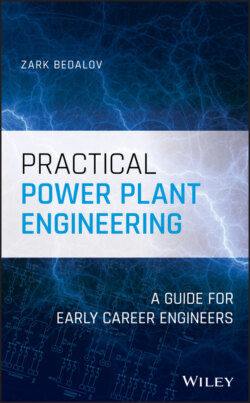Читать книгу Practical Power Plant Engineering - Zark Bedalov - Страница 49
2.4.4 Double or Single Incomer Connection
ОглавлениеThe 30/40 MVA plant can be connected to the incoming utility transmission line with one or two transformers. This will depend on the plant reliability requirements. Earlier we determined that the plant must meet the “single contingency criteria.” Therefore, we conclude that the plant will be connected to the grid with two transformers (two incomers). Each transformer must be capable of carrying the full load of the plant. Figure 2.6 shows the substations diagrams with two and single incomers for the same plant. A switchyard with a single HV breaker would not meet our reliability criteria of full redundancy for the plant operation. This is mainly because a major transformer failure may cause a total plant shutdown for an extended period of time.
Figure 2.5 245 kV circuit breaker.
Figure 2.6 Double and single incomer diagram.
The transformers in our 30/40 MVA plant will be required to share the plant load, but each will also be capable of carrying the full load of the plant on their ONAF cooling in case one transformer fails.
Double power entry will be more reliable, though considerably more costly. A substation with two transformers, in addition to more HV switches will need three incoming HV circuit breakers to feed the two transformers. This substation will also require considerably more space.
For a smaller plant of up to 10 MVA, a single HV incomer may be considered acceptable as the cost of the HV breakers and two transformers might be excessive in comparison with the cost of the plant. In fact, a single incomer switching yard may include nothing more than a single H frame pole structure.
To support a smaller plant, several diesel generators (DGs) can be brought to site in trailers to temporarily replace a faulty transformer.
